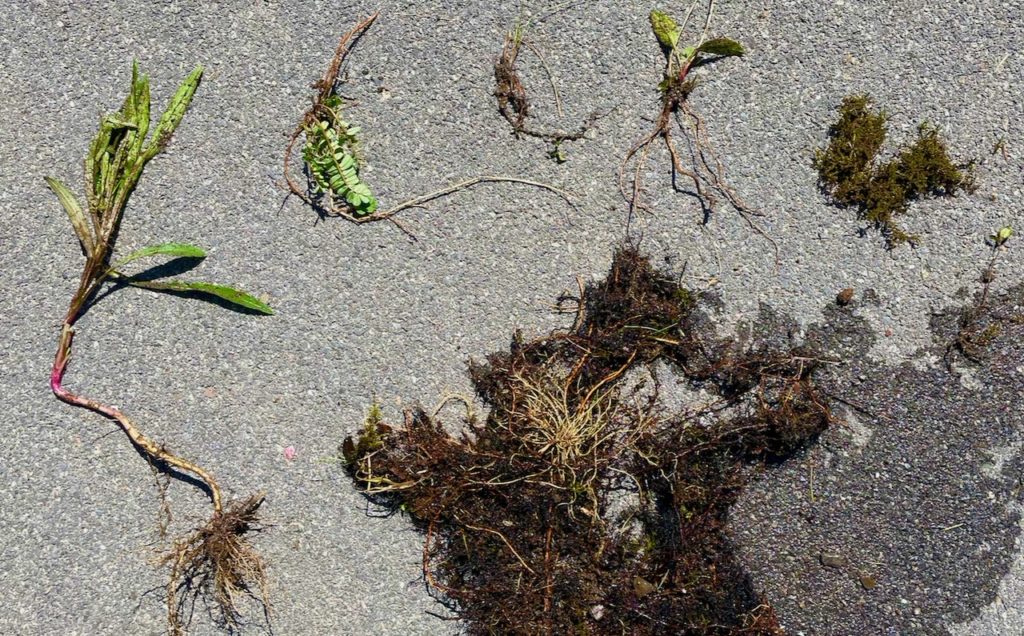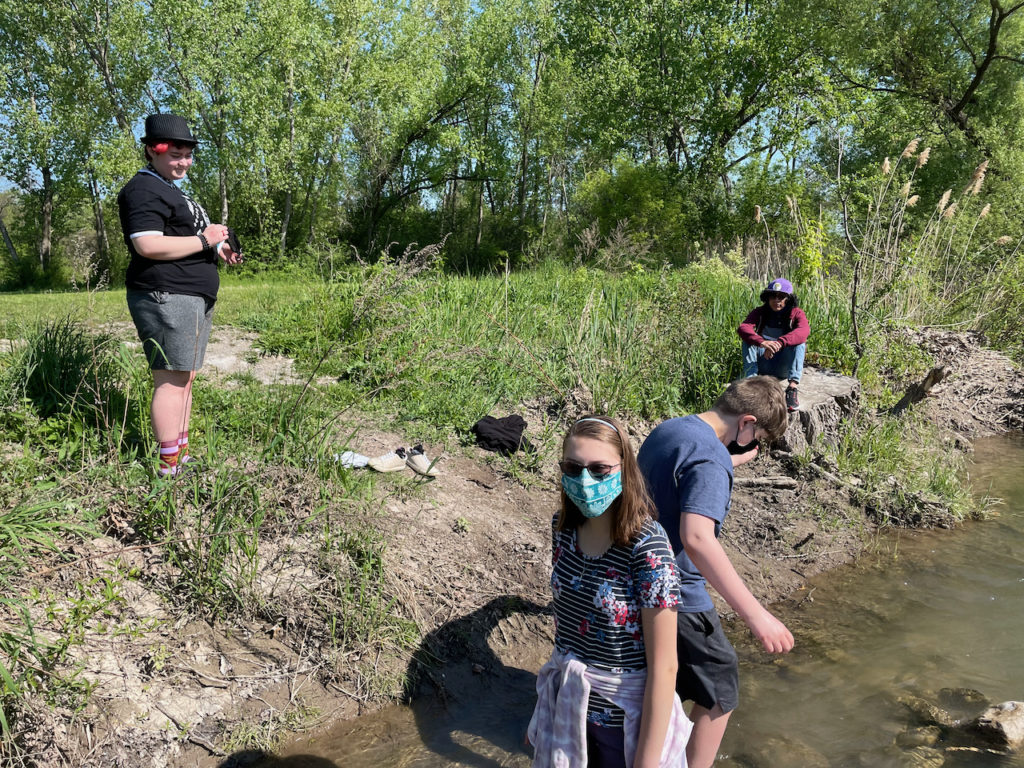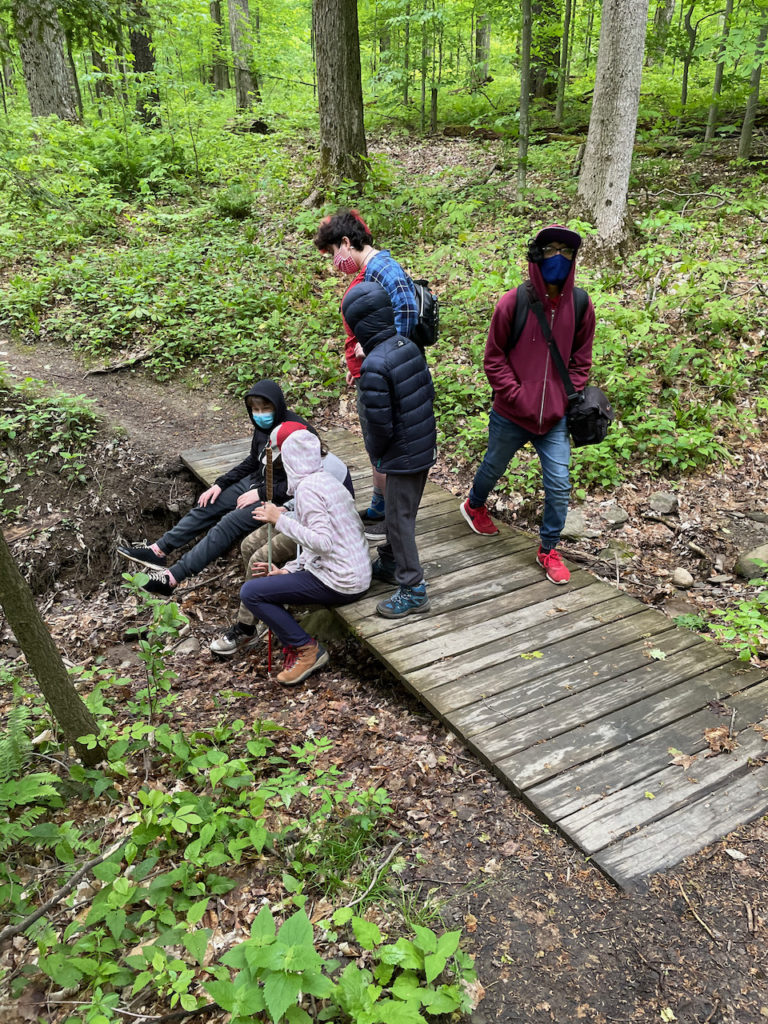by Paul Otteson
Second semester science teacher for 7th and 8th grades
Biology has been this year’s science focus for the older students, using the curriculum suggested by the Science Education for Public Understanding Program (SEPUP). It was my pleasure to join the teaching team for the second part of the year to take on Genetics, Ecology/Ecosystems, Evolution, and human influences. These subjects give students a deeper, broader, and longer view of Biology, and it was clear from the beginning that the effort would be to develop an integrated understanding of life on Earth.
Certain principles have been repeatedly recognized throughout our class sessions:
- Complexity — Life processes are complex, and the surface of the Earth offers volatile and challenging environments. More than 99% of all species that have existed on Earth are extinct.
- Activity — In one definition, life is described as, “… any system capable of performing functions such as eating, metabolizing, excreting, breathing, moving, growing, reproducing, and responding to external stimuli.” These activities take place amid the cycles of days, weather, seasons and more.
- Survival — As I put it to the students, “life lives.” It does this through the delivery of the code of DNA in reproduction, by competing with, preying on, or surviving symbiotically with other species in ecosystems, and via the genetic diversity of populations that enables adaption in changing habitats.
- Tree of Life — Every individual organism represents the tip of a ‘twig’ of the ‘tree of life.’ In other words, every plant and animal alive at this moment is the endpoint of an unbroken thread that traces from parent to offspring, back to the earliest life on Earth.
- Cosmic Fragility — When it comes to the conditions necessary for the support of life processes, the surface of planet Earth is exceedingly rare and fragile. The Biosphere — life on Earth — is ultimately a vanishingly thin and threadbare film on a hot, rock and metal ball that orbits a giant fusion furnace.
In Genetics, we studied DNA, genes, and chromosomes. We examined heredity, and everyone did a survey to look at certain traits that differ among people due to varying combinations of dominant and recessive genes. Types of asexual and sexual reproduction were explored, with a look at how mutation and recombination support adaptation and species survival. We took a close look at plant sexual reproduction, and at the work of genetic pioneer Gregor Mendel’s work with pea plants.
The introduction of Evolution immediately brought us to the challenging question of belief. We then took a break from the regular curriculum to see why evolution is a unifying scientific theory, and to understand the scientific method. I emphasized the point that understanding the science of evolution was a good thing, regardless of what you choose to believe about the origin of life.
Evolution is defined as the, “…change in the heritable characteristics of biological populations over successive generations,” which offered us a clear connection with genetics. The class looked at Darwinian principle of ‘survival of the fittest,” and what that means for individual organisms, populations, and whole species. Here, we took a close look at animal reproduction, marveling at the often strange reproductive strategies of complex animals, and how they might have evolved.
We first defined and ecosystem as, “…a geographic area where plants, animals, and other organisms, as well as weather and landscape, work together to form a ‘bubble’ of life.” The students learned that ecosystems include both biotic (living) and abiotic (non-living) factors. We discussed how naming ecosystems and distinguishing one from another often depends on the purposes of the scientists and the key factors they are interested in, like soil, climate, species survival, etc. We examined various systems, including biomes, ecoregions, and habitats, and how they overlap and change. The class explored ecosystem relationships, including competition, predation, and the three types of symbiosis — mutualism, commensalism, and parasitism. We gave special attention to rare, threatened, endangered, and invasive species.
We had three field activities of note:

In one, we dug up a square foot of ground at the edge of The New School play area, rinsed away the soil, and examined the species we found. This led to a discussion of ‘why’ we were seeing what we did, and how that fit with the several concepts we had learned so far.

Our second experience involved an ‘observation and inquiry’ hike to the semi-wild land behind the Community Library of Jamesville and Dewitt. We looked at ecosystem interfaces, observed the consequence of invasive Eurasian common reed, pondered ecosystem change, found a crayfish in Butternut Creek, identified poison ivy, and had an all around good time. Checked for ticks, too.

Most recently, the class enjoyed a 2-mile hike in Highland Forest, where we tried to bring together some of what we’d learned as we broadened our appreciation of nature. Topics of our observations included distinguishing between deciduous and coniferous trees, extrapolating to estimate that there were ‘thousands’ of salamanders in Highland Forest, identifying a barred owl by its ‘who cooks for yoooo’ call, noticing that wetland was poor habitat for dying trees, digging into soil to see the layering of fallen leaves and other organic materials, discussing the ‘cycling’ of nutrients, thinking ‘back in time’ about water erosion features, going silent to listen to the forest soundscape, noticing how a fallen trees let sun through the canopy giving smaller species a chance to flourish, identifying an ecosystem interface and the different species we saw on either side of and in the transition zone, and more!

Our science class will finish out the year with an introductory look at human influences, including genetic modification, bio- and geo-engineering, monoculture, re-wilding, and more. We will also discuss how the ecological principle of ‘adaptation’ can be of good use as these soon-to-graduate New Schoolers look ahead to their next educational and social opportunities!
Paul Otteson